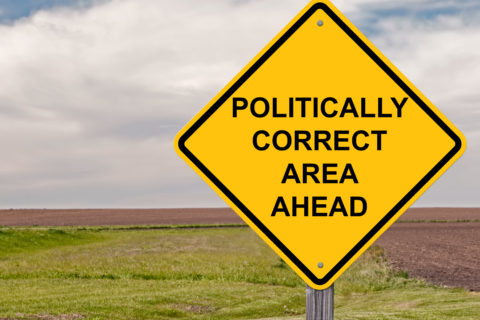We experience cognitive ease when information is presented in a way that requires minimal mental effort to absorb and understand.
But why do people do this?
When information is presented in a way that requires minimal cognitive capacity – mental effort – and lets someone make decisions using more of their ‘System 1’ thinking – automatic, intuitive, effortless – we can say it’s high in ‘cognitive ease’.
Conversely, if people must engage their ‘System 2’ mode of thinking – where it takes more effort to comprehend information – they’re less likely to act, and, particularly if they are busy, may give up trying to read it. Therefore, effective communication tends to have high levels of cognitive ease, ensuring it’s digestible to all and easy to respond to.
As Norbert Schwartz, a psychologist at the University of Michigan, says:
“There’s more to thinking than thought content. Our thought processes are accompanied by metacognitive experiences, such as the ease and difficulty with which some information can be recalled or the fluency with which new information can be processed.”
It’s usually good to maximise cognitive ease. The opposite – cognitive strain – can be very demotivating when you’re encouraging action or a desired behaviour. Indeed, if language is too complex and alien, customers are unlikely to read it, let alone absorb the information and act. Maintaining cognitive ease is therefore often vital to inspire a certain response or action.
True to Richard Thaler’s (co-author of the bestselling book ‘Nudge’) mantra, when looking to successfully communicate a desired behaviour change, we must ‘make it easy’! To do so – and ultimately better engage consumers – it helps to use plain English, minimize jargon and acronyms, and maximize the use of simple layman terms. The inclusion of images is also useful as they can help us to process text; they grab our attention and prepare the brain for the content. Furthermore, bold font, colour, space around text, font size and bullets can all help to increase cognitive ease – when used effectively.
However, and despite the benefits that can arise from improving the cognitive ease of communications, it’s hard to put ourselves in our customers’ shoes and to correctly identify the terminology and language that they will – or won’t – be familiar with.
This challenge is known as The Curse of Knowledge! Psychologist Steven Pinker highlights how:
“It simply doesn’t occur to the writer that readers haven’t learned their jargon, don’t seem to know the intermediate steps that seem to them to be too obvious to mention, and can’t visualize a scene currently in the writer’s mind’s eye. And so the writer doesn’t bother to explain the jargon, or spell out the logic, or supply the concrete details — even when writing for professional peers.”[1]
Cognitive ease illustrated
The UK’s Financial Conduct Authority ran a large-scale trial to improve response rates to a letter that alerted consumers to compensation they were owed for mis-sold financial products. They found that small but significant changes such as using salient bullets, simpler language and the claims process clear noticeably improved response rates.
Conversely, examples of text that often induces vast amounts of cognitive strain include terms and conditions and the small print in many official documents. The language is often complex and highly technical, and there are usually countless pages to scroll through, meaning it takes a lot of time and effort to read it.
So, what does this all mean?
Ensuring high cognitive ease can be crucial for the success of any piece of communication – be it a campaign, customer communication, recruiting participants, or getting in touch with respondents of a research project. Keeping in mind language, format, use of images and pre-testing any piece of communication can make a significant difference to engagement and response rates.
In practical terms, there are a few basic steps you can take when communicating with clients, respondents, or anyone else to ensure you’re making the most of cognitive ease:
- When writing, try and put yourself in the reader’s shoes. Is the language simple enough? Are you using any industry jargon?
- What do you want the reader to do as a result of reading your communication? If there is an action involved – responding within a specific number of days, making note of an appointment – you could highlight this in a different colour or in a text box for increased salience
- Try to keep your comms short and sweet. Even simple language can become mentally straining if there’s forty pages of it!
- Bullet pointed lists are great for increasing cognitive ease but that doesn’t mean you should turn everything into a list! Use appropriately to ensure they remain effective
NEXT IN THE SERIES: Every three weeks The Behavioural Architects will put another cognitive bias or behavioural economics concept under the spotlight. Our next article features the mere exposure effect.
www.thebearchitects.com
@thebearchitects
PREVIOUS ARTICLES IN THE SERIES:
System 1 & 2
Heuristics
Optimism bias
Availability bias
Inattentional blindness
Change blindness
Anchoring
Confirmation Bias
Framing
Loss aversion
Reciprocity
Hot cold empathy gaps
Social norms part 1
Social norms part 2
Commitment bias
Affect Heuristic
Paradox of Choice
Mental accounting
Status Quo Bias
[1] Pinker, S. “A Sense of Style”, 2014, Allen Lane


